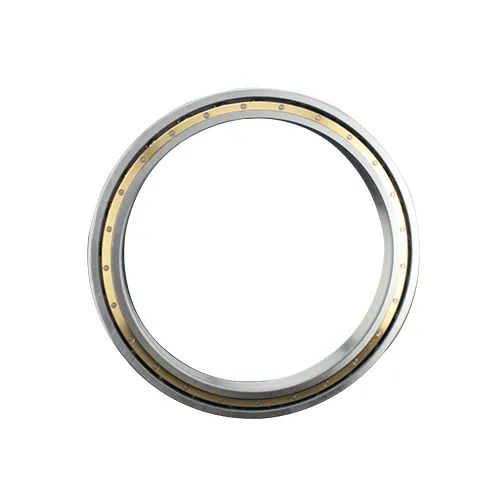What damage does the bearing locking failure cause to the bearing?
After the deep groove ball bearing is locked, the inner and outer diameters of the bearing will show signs of rotational friction. The inner diameter of the bearing is interference fit with the shaft, and the outer diameter is clearance fit with the housing. There are signs of rotational friction. From stagnation to locking, sliding friction will occur between the inner and outer diameters and the corresponding parts.
The bearing cage is broken. After the deep groove ball bearing is locked, the cage will be broken. Under normal working conditions, the steel ball drives the cage to rotate, and the force of the steel ball on the pocket hole can be ignored. If the bearing operates abnormally, the steel ball will collide with the wall of the cage pocket hole, causing the cage to operate unsteadily, swinging and jumping. When the faulty bearing is running, due to the large axial load, the steel ball will produce abnormal collision with the cage pocket hole, resulting in periodic tensile force on the cage side beam, causing fatigue cracks and eventually breaking.
Deep groove ball bearings mainly bear light to medium radial loads and can withstand certain axial loads, but excessive axial loads will increase the ball and channel loads, leading to failures. The working trajectory of the faulty bearing deviates from the center, resulting in severe peeling of the inner and outer ring channels.
The bearing is subjected to excessive axial load, which causes the steel ball trajectory to deviate, the contact load and friction heat to increase, and cause abnormal temperature rise. The high temperature causes the steel ball to swell, the clearance to decrease, and the cage to squeeze, causing fracture, resulting in steel ball peeling and bearing jamming.


